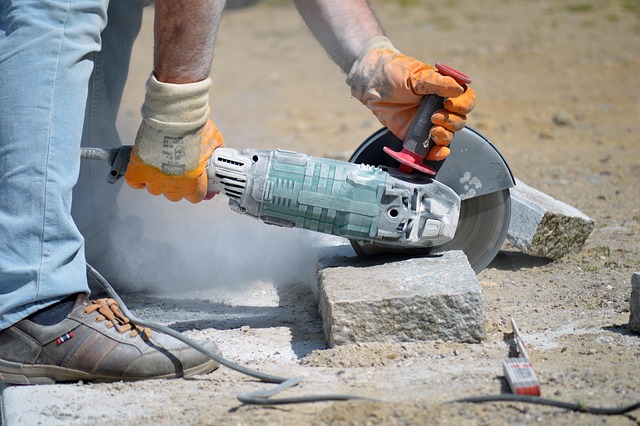Introduction to Vegetable Cultivation
Embarking on the journey of vegetable cultivation is one of the most rewarding DIY projects you can undertake. Whether you’re a seasoned gardener or a complete novice, the joy of watching your plants grow and produce fresh, healthy vegetables is unparalleled. Not only does it provide you with nutritious food, but it also allows you to reconnect with nature and cultivate a sustainable lifestyle.
Choosing the Right Location
The first step in successful vegetable cultivation is selecting the right spot in your garden. Look for an area that receives at least 6-8 hours of sunlight each day. Adequate sunlight is crucial for photosynthesis and the overall health of your plants. Additionally, ensure the site has good drainage to prevent waterlogging, which can lead to root rot.
Preparing the Soil
Healthy soil is the backbone of any successful garden. Start by testing your soil pH—most vegetables thrive in slightly acidic to neutral soil (pH 6.0-7.0). Amend your garden soil by adding organic matter like compost or well-rotted manure. This not only enriches the soil with nutrients but also improves its structure, promoting better drainage and root development.
Selecting the Right Vegetables
When it comes to vegetable cultivation, the type of vegetables you choose to grow will depend on your climate, space, and personal preferences. Consider starting with easy-to-grow options like tomatoes, lettuce, or radishes if you’re just getting started. These varieties are generally forgiving and can yield results quickly, providing you with the encouragement you need to continue your gardening adventure!
Planting Techniques
Proper planting techniques can make a significant difference in your garden’s success. Follow the seed packet instructions for planting depth and spacing. Overcrowding can lead to competition for nutrients and light, so give each plant room to thrive. You might also consider companion planting—growing certain plants together to enhance growth and deter pests. For example, marigolds can help keep harmful insects away from your vegetable plants.
Watering Wisely
Watering is critical for the success of your garden. It’s essential to keep a consistent watering schedule that aligns with your plants’ needs. Early morning is typically the best time to water since it allows plants to absorb moisture before the heat of the day. Consider using a drip irrigation system to provide deep watering while conserving water and reducing evaporation.
Pest Management
Every gardener faces pests at some point. Instead of reaching for chemical solutions, explore organic methods first. Encourage beneficial insects such as ladybugs and lacewings by planting flowers that attract them. You can also create barriers like row covers or use neem oil to deter pests without harming your plants or the environment.
Harvesting and Enjoying Your Bounty
The happiest moment in vegetable cultivation is undoubtedly the harvest. Timing your harvest correctly is crucial—some vegetables taste best when picked young, while others should be left to grow a bit longer. Always harvest in the cooler part of the day, and handle your vegetables gently to avoid bruising. Take pride in your hard work by enjoying a fresh salad or cooking a flavorful dish with your homegrown produce!
Continuous Learning and Improvement
Gardening is an ongoing learning experience. Keep a gardening journal to track your progress, noting what works and what doesn’t each season. Experimenting with different varieties and techniques can lead to even greater success in future crops. Engage with local gardening communities or online forums to share experiences and gather more tips and tricks.
Embarking on your vegetable cultivation journey can be an enriching and fulfilling endeavor. With a little patience, dedication, and the right knowledge, you can transform your backyard into a thriving vegetable garden that provides delicious produce for you and your loved ones. Happy gardening!
